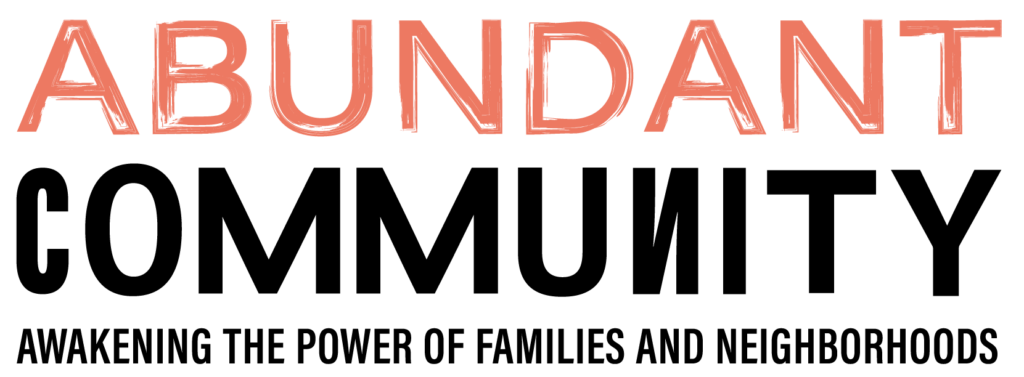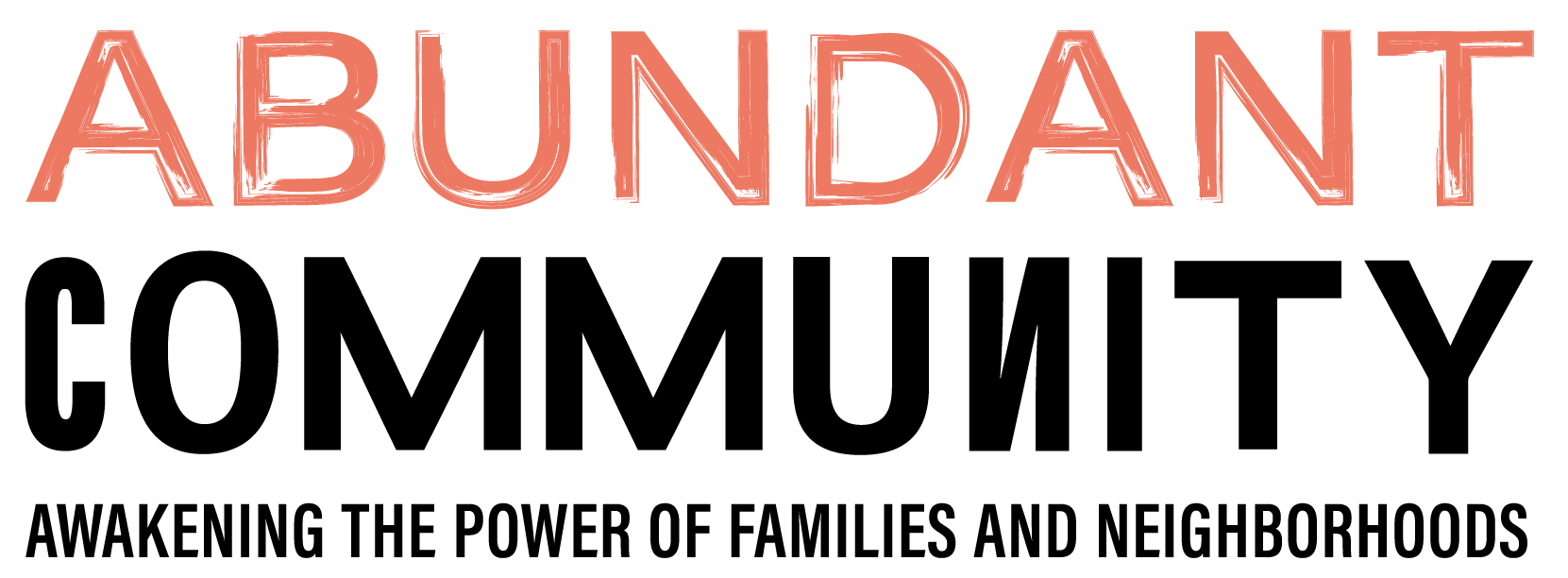Anote from adrienne maree brown: Briana Herman-Brand is a somatic practitioner and facilitator who is helping us learn how white folks become a part of racial and social justice work without centering—or disappearing—themselves.
This is one of my deepest truths: If we are in relationship, no matter how scared or unskilled I may be, I want to repair with you. Part political commitment, part survival strategy, part just essence of who I am, holding out hope for repair is at my core.
Rupture is a given. We will disagree. We will hurt each other. We will sometimes find ourselves facing the irreconcilable. And we will need ways to make ourselves—and each other—whole in the aftermath of rupture.
I have grappled with the dynamics of repair throughout more than 20 years of practice with transformative and restorative justice. In this age of deepening cultural and political divides, facing the election of our lifetimes and whatever comes after, it is more critical than ever that we learn how to be in principled conflict and repair with each other. Three things stand out to me in this high-stakes historical moment: We have much to learn about the possibilities of genuine repair, our unrepaired places are where we are most vulnerable to ongoing harm and domination, and the human capacity for repair is vast and stunning—when we are given the support to move toward it.
The Possibilities of Repair
This seems to be a principle of dominant society, often internalized and acted out by our communities and families: You will live wounded, unrepaired, and you better not expect anything more. Yet this grim promise is juxtaposed with an evolutionary drive toward relational healing. I believe each of us comes from a lineage—no matter how buried—that knew how to heal, how to repair with each other. Throughout history, we have survived by bringing our harms to the circle of community and quite literally humming and drumming through them together. It is by design that most of us have no living memory of these possibilities. And still, they are there. We can find them.
We don’t have to repair in every possible direction in order to have a meaningful experience of repair. The criminal legal system, especially in the United States, has limited our imagination to a zero-sum game: There’s a victim and a monster, and punishment is the only healing anyone gets. While this system may not have room for the possibilities of repair, our communities do. Sometimes we can’t repair with the person who hurt us most, but repair is possible within ourselves, with our close people, and with our larger community, which can offer us the medicine we need.
The Unrepaired
Those organizing systems of supremacy exploit our unrepaired wounds for their gain. They use them to split us, to co-opt us, to draw us to their ranks. They understand that without repair, the trauma they unleash will create cycles of violence in which our survival strategies will never get us to freedom. And despite our critique of these systems and strategies, many of us have internalized the carceral logic that tells us our best shot at healing requires separation from and disposal of those who have hurt us. How many projects have you seen fall apart, how many coalitions are under strain, because when conflict happens, we quickly choose sides, close ranks, and tell each other the story of how impossible and unworthy repair is?
It is time for us to tell each other new stories. People change differently than systems do. The strategies we use to push back on systems, to force them to change through shame and blame, do not produce life-giving change in people. The work of repair requires us to risk beyond our righteousness and bridge across narrow notions of identity, allegiance, and whose pain “counts.” When we can hold the pain of multiple, divergent truths and lived experiences, we can remember our wholeness, our shared humanity, and let it guide us towards the mass-based people power we need to win.
Our Stunning Capacity
I will never forget sitting in a basement courtroom as Jonathan read his survivor impact statement, for the first time seeing the face of his shooter. He told in excruciating detail how the random shooting, as he was gardening on an early spring evening, had paralyzed him for the rest of his life, putting him in daily unrelenting pain, taking his career as a carpenter, his love of movement in sports and outdoors, and leaving him to answer his newborn daughter’s questions when she someday soon asks, “Why can’t Papa walk?” In the midst of all this, Jonathan told the court, “A longer sentence will not help me heal, and I don’t believe that more time will help my shooter. My shooter can’t undo what he did on June 6th, and locking him away for longer will not enable him to heal. I believe he deserves a chance to do better.”
I’ve found that the degree to which people can be open to the humanity of those who have hurt them is directly related to the degree to which they have been held well in their own wounding. Facing and feeling the immensity of our losses, the dignity of our rage, the depth of our sorrow, grows our capacity for connection beyond what we can imagine. I’ve seen it while holding circle with Jonathan and so many other survivors of profound violence, with everything they’ve lost, still reaching across the chasm of excruciating pain for repair.
The Irreconcilable
And then, there is that which is irreconcilable. This word has often felt like the truest thing in the aftermath of Oct. 7, 2023. I was sitting in a grief ritual, surrounded by safe, imperfect humans, looking at an altar full of things we love and have lost, and I could not reconcile the images in my head of what was happening in Gaza at that exact same moment. I looked out the window at the trees blowing in the breeze, my child playing, warm food in my belly, and I couldn’t make sense of it. Why are we here and not in the midst of a genocide? How can life be like this and like that? Marching and organizing and sitting on bridges and still, this terrible ache, this desperate feeling of complicity and helplessness. And so I fell down and wept, screamed and flailed with all that is unreconciled, irreconcilable.
Facing the irreconcilable is part of repair. It is the part where we get really honest about the things and the people that we cannot change—at least in this lifetime. It requires the vulnerability to surrender into the limits of our agency, to know that we tried as hard as we could and still did not get what we wanted, what we needed, what we deserved. When we cannot face the irreconcilable, we often try to destroy each other instead. Our grief and rage get directed at each other, as we cannot tolerate the contradictions we live within—and which live within us.
Rather than annihilating those with whom we can’t repair, we can draw close to our trusted people and grieve what we do not know how to resolve. In this way, we can repair with ourselves and each other, even when accountability and justice are not possible. Repair is to make whole, not to make perfect. Not even to make right. Some things will never be made right. In accepting this and finding ways to live together with it, we expand our capacity to repair in the places where the openings are.
And so, I want to learn to repair with you. I want to sit in the circle with you, tell you in the rawest detail about how I’ve been hurt, even by you, and hear in the rawest detail, how you’ve been hurt, even by me. I want to hold it all, together. Witness the carnage, grieve it in the loudest and quietest of ways. Face the irreconcilable. Agree not to annihilate each other, even when we are heartbroken. I want to try and try again. It’s the place I’ve found the most palpable hope, in the face of all that we are up against. I believe you can find it there too. We can find it together.
This article was originally published at www.yesmagazine.org.


